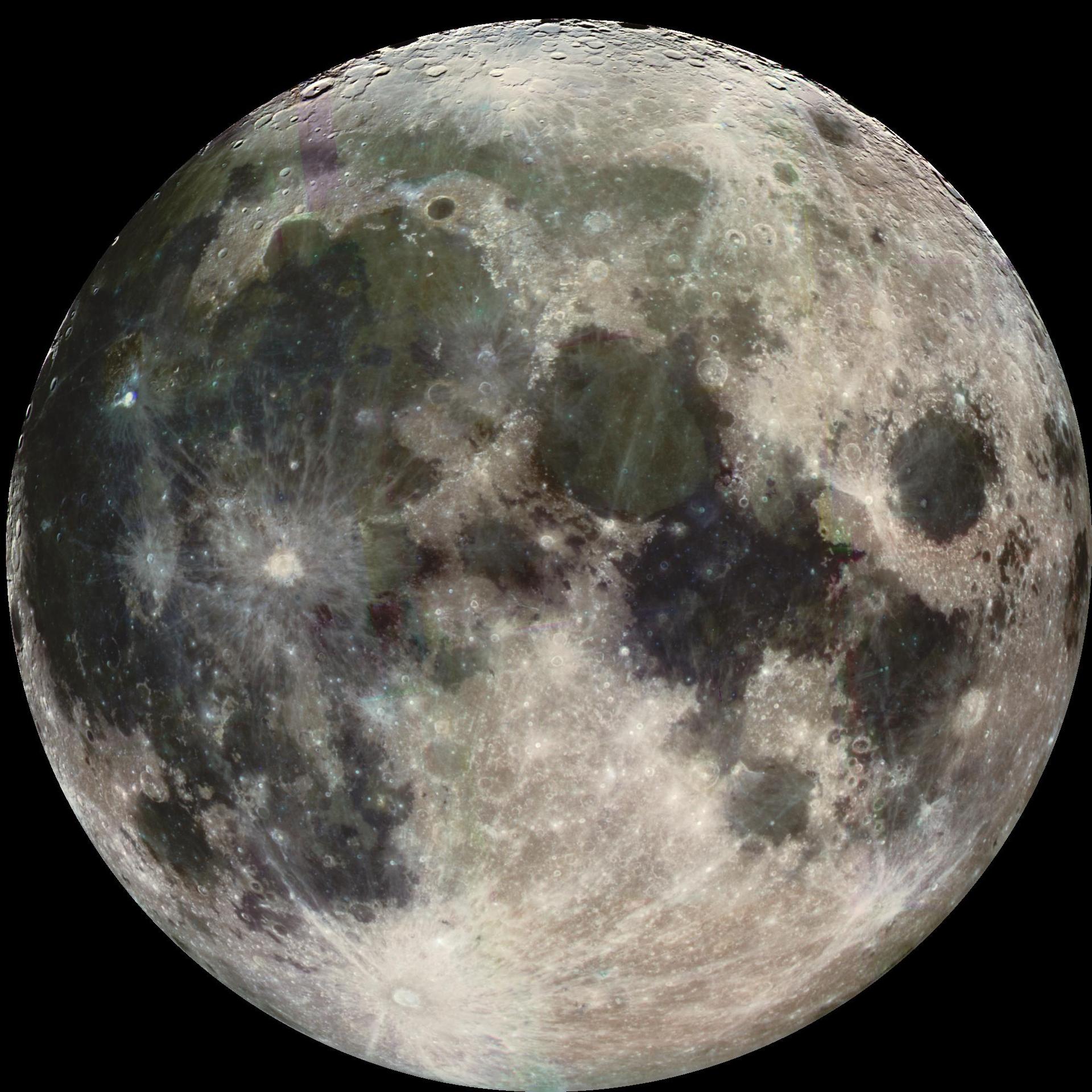It’s been 53 years — now Nasa wants its Moon dust back
Nasa says its cockroaches fed Moon dust in the 1960s should have been returned to the space agency decades ago

Your support helps us to tell the story
From reproductive rights to climate change to Big Tech, The Independent is on the ground when the story is developing. Whether it's investigating the financials of Elon Musk's pro-Trump PAC or producing our latest documentary, 'The A Word', which shines a light on the American women fighting for reproductive rights, we know how important it is to parse out the facts from the messaging.
At such a critical moment in US history, we need reporters on the ground. Your donation allows us to keep sending journalists to speak to both sides of the story.
The Independent is trusted by Americans across the entire political spectrum. And unlike many other quality news outlets, we choose not to lock Americans out of our reporting and analysis with paywalls. We believe quality journalism should be available to everyone, paid for by those who can afford it.
Your support makes all the difference.An auction of Moon dust, cockroaches that ate Moon dust, and other lunar paraphernalia closed without a sale on 23 June after Nasa lawyers made it clear that the materials still belong to the space agency.
“Extraordinary specimen display from an Apollo 11 lunar dust experiment, in which German cockroaches (among other lower creatures) were fed lunar soil material in order to observe potential pathological effects,” read the description of the lot put on auction by the Boston-based Remarkable Rarities. The auction company had estimated the value of the lot at $400,000.
But in a letter from a Nasa lawyer, the space agency argued the auctioneer could not sell property that still belonged to Nasa, according to reporting by the Associated Press.
“All Apollo samples, as stipulated in this collection of items, belong to NASA and no person, university, or other entity has ever been given permission to keep them after analysis, destruction, or other use for any purpose, especially for sale or individual display,” Nasa legal letter on 5 June said, according to the AP.
The 1969 Apollo 11 mission brought samples of lunar regolith back to Earth then exposed to plants and fed to cockroaches and other creatures to test for toxicity. University of Minnesota entomologist Marion Brooks acquired some of the roaches for study in 1969 and found “no evidence of infectious agents,” per the AP.
The roaches and other materials never made it back to Nasa, and remained at Dr Brooks’s home until 2010, when her daughter sold them to an unnamed third party who in turn brought them to Remarkable Rarities, according to the AP’s reporting. Nasa wrote a second letter on 22 June asking the auctioneer to work with the third party to return the materials to Nasa.
“We have worked with NASA before and have always cooperated with the U.S. government when they lay claims to items,” Mark Zaid, an attorney for Remarkable Rarities told the AP. “At the end of the day, we want to act appropriately and lawfully.”
Join our commenting forum
Join thought-provoking conversations, follow other Independent readers and see their replies
Comments